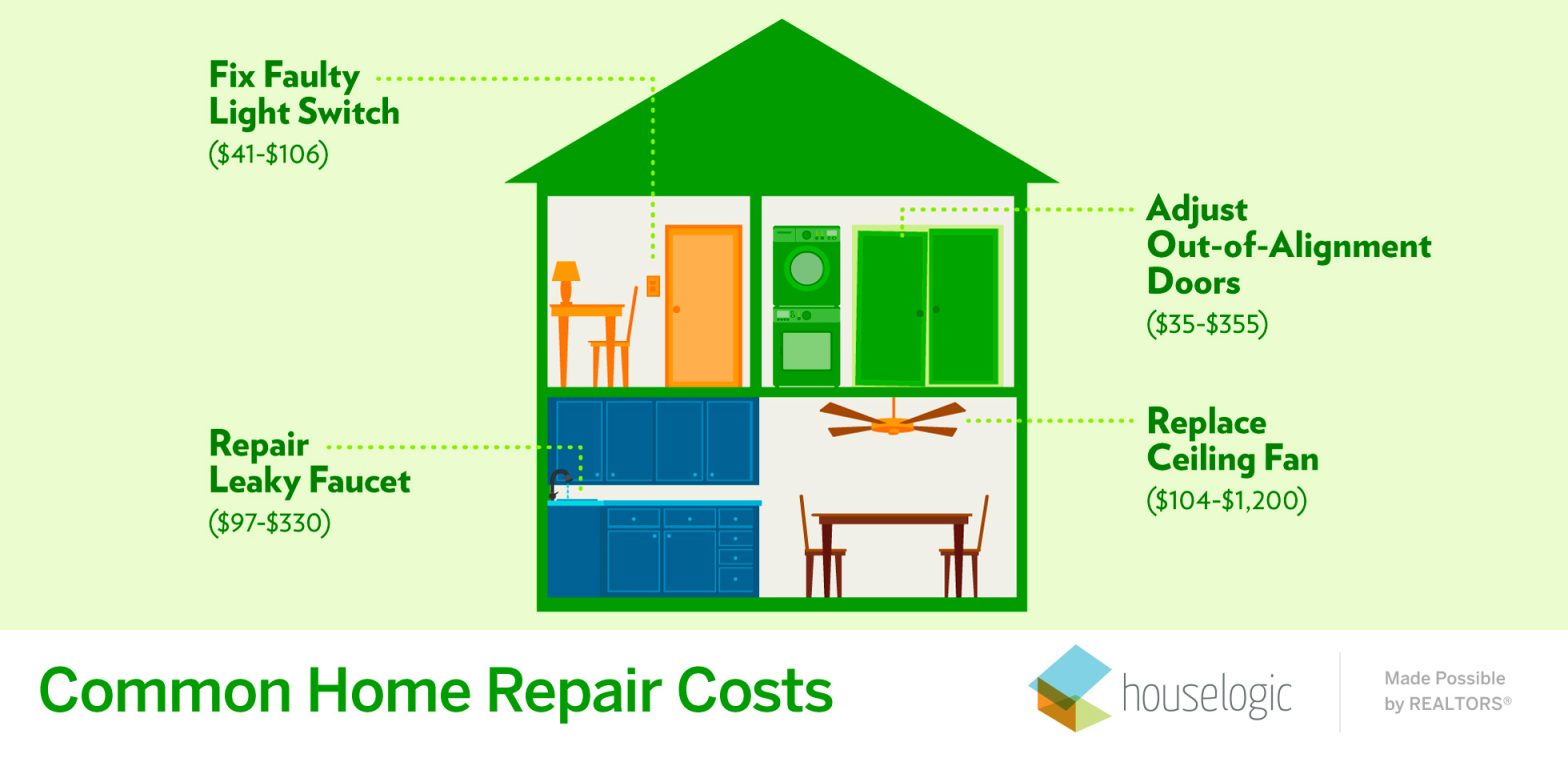How Much Should I Spend on Repairs? A Comprehensive Guide
Whether you’re a homeowner, a car owner, or managing a business, the question of how much to spend on repairs is a common dilemma. Repairs are an inevitable part of ownership, and making informed decisions about repair costs can have a significant impact on your financial well-being. In this guide, we’ll explore factors to consider when determining repair budgets, tips for prioritizing repairs, and strategies for cost-effective solutions.
Factors to Consider When Determining Repair Budgets
Before setting a budget for repairs, it’s essential to assess various factors that influence the decision-making process. Here are some key considerations:
1. Type of Asset
The type of asset you’re dealing with plays a crucial role in determining how much to allocate for repairs. For instance, repairs on a home may involve structural elements, plumbing, electrical systems, and more. In contrast, car repairs may include mechanical components, bodywork, and electronics. Research the common repair costs associated with your specific asset to gain a realistic understanding of potential expenses.
2. Age and Condition
The age and condition of the asset are significant determinants of repair costs. Older assets may require more frequent and costly repairs due to wear and tear. Consider the maintenance history and any previous repairs to gauge the potential ongoing expenses. Regular maintenance can extend the lifespan of your asset and reduce the likelihood of major repairs.

3. Safety and Functionality
Prioritize repairs that affect the safety and functionality of your asset. Issues that compromise safety should be addressed immediately, regardless of the cost. For example, a leaky roof, faulty brakes, or electrical problems pose risks that could result in more extensive damage or even injury if left unresolved.
4. Market Value
When deciding how much to spend on repairs, it’s wise to consider the asset’s market value. For instance, if you’re repairing a vehicle with a low market value, investing a significant amount may not be financially prudent. On the other hand, maintaining a valuable asset, such as a historic home, could be a wise long-term investment.
Tips for Prioritizing Repairs
With a clear understanding of the factors influencing repair budgets, prioritizing repairs becomes a strategic process. Here are some tips to help you make informed decisions:
1. Create a Maintenance Schedule
Developing a regular maintenance schedule can prevent minor issues from escalating into major repairs. Follow manufacturer recommendations for servicing intervals and keep detailed records of maintenance tasks. This proactive approach can help you anticipate and budget for upcoming repairs.
2. Conduct Regular Inspections
Regular inspections allow you to identify potential problems before they worsen. Perform visual inspections and address any signs of wear, damage, or deterioration promptly. Detecting issues early can often lead to more cost-effective and less invasive repairs.
3. Obtain Multiple Quotes
When facing a significant repair, it’s wise to seek multiple quotes from reputable professionals. This practice can provide insights into the range of costs associated with the repair and help you make an informed decision. Remember that the lowest quote may not always be the best option if it compromises quality. For a general builder in mooloolaba see this.

4. Consider DIY vs. Professional Repairs
Some repairs can be tackled through do-it-yourself (DIY) efforts, while others require professional expertise. Assess your own skills and the complexity of the repair before deciding whether to attempt it yourself. Improper DIY repairs can lead to more extensive and costly damage, so be honest about your abilities.
Strategies for Cost-Effective Solutions
While repairs are an unavoidable expense, there are several strategies you can employ to minimize costs without compromising quality:
1. Regular Maintenance
As mentioned earlier, regular maintenance is one of the most effective ways to prevent costly repairs. Follow recommended maintenance schedules and address minor issues promptly to avoid more significant problems down the line.
2. Research and Education
Take the time to research and educate yourself about your asset’s maintenance and common repair issues. Understanding how your asset works can help you identify potential problems and communicate effectively with professionals.
3. Explore Warranty and Insurance Coverage
If applicable, explore warranty coverage or insurance policies that may offset repair costs. Be aware of the terms and conditions of any coverage you have to ensure you’re maximizing its benefits.
4. Budget for Repairs
Create a dedicated budget for repairs and set aside a portion of your income specifically for this purpose. Having a separate fund can alleviate financial stress when unexpected repairs arise.
5. Long-Term Planning
Consider the long-term implications of your repair decisions. Opting for higher quality repairs or replacements may have a higher upfront cost but can lead to greater durability and fewer future repairs.
Conclusion
Determining how much to spend on repairs involves a careful evaluation of various factors, including the type of asset, its age and condition, safety considerations, and market value. By prioritizing repairs, practicing regular maintenance, and exploring cost-effective strategies, you can make informed decisions that contribute to the longevity and functionality of your valuable assets. Remember, while repairs are an inevitable part of ownership, thoughtful planning and proactive measures can help you manage repair costs wisely.

